Forum Replies Created
-
AuthorPosts
-
Stefaan
Participant[quote=”Stefanie” post=1706]
Now I saw these two bigger paros in a hidden place of the tank (not the “territory”) interacting in a conspicuous way: The fish circled around each other in a soft, dancing way, sometimes pressing their bodies lengthwise against each other, making “wavy”, snakelike movements. Their colours didn’t change perceptibly while doing this. They did this for minutes (stopped, when I fetched my camera … as one could except :S )Do you know this kind of behaviour? What does it mean? (I have a suspicion, but I’ll wait for your answers first)[/quote]
I’d like to pick up this old thread again.
Two days ago, I saw two very young P. ornaticauda slowly turning around, probably in the same way as described by Stephanie, but without touching each other.
They allowed me to take some pictures. Unfortunately they shot away at high speed when I turned my camera into video mode.
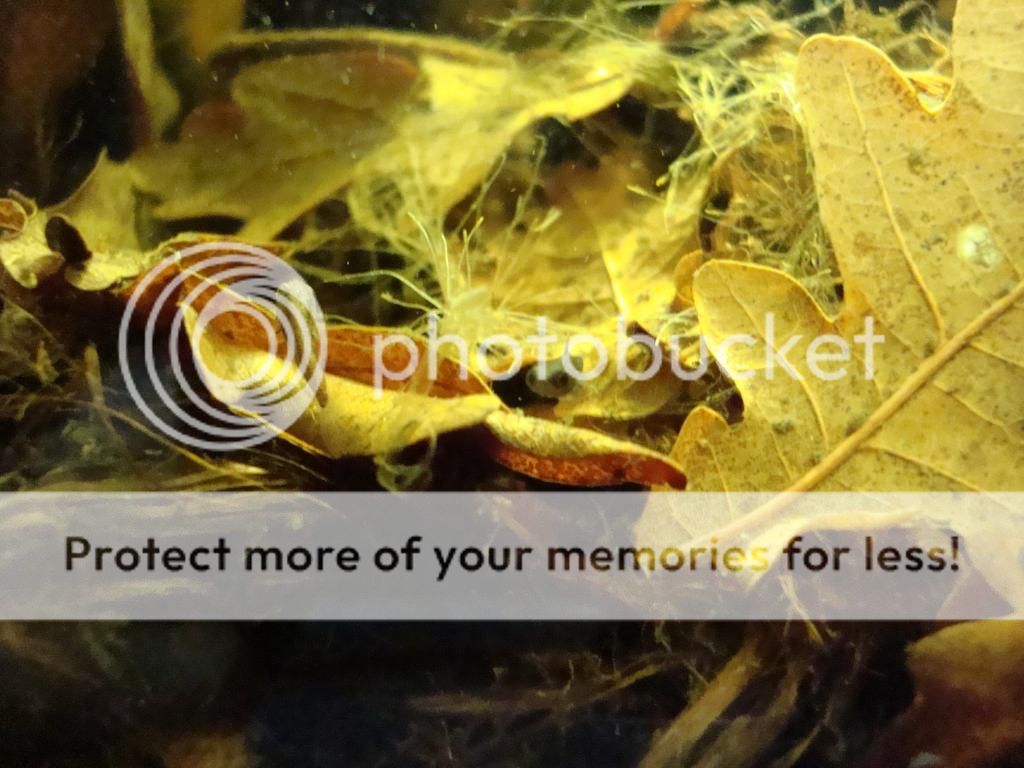
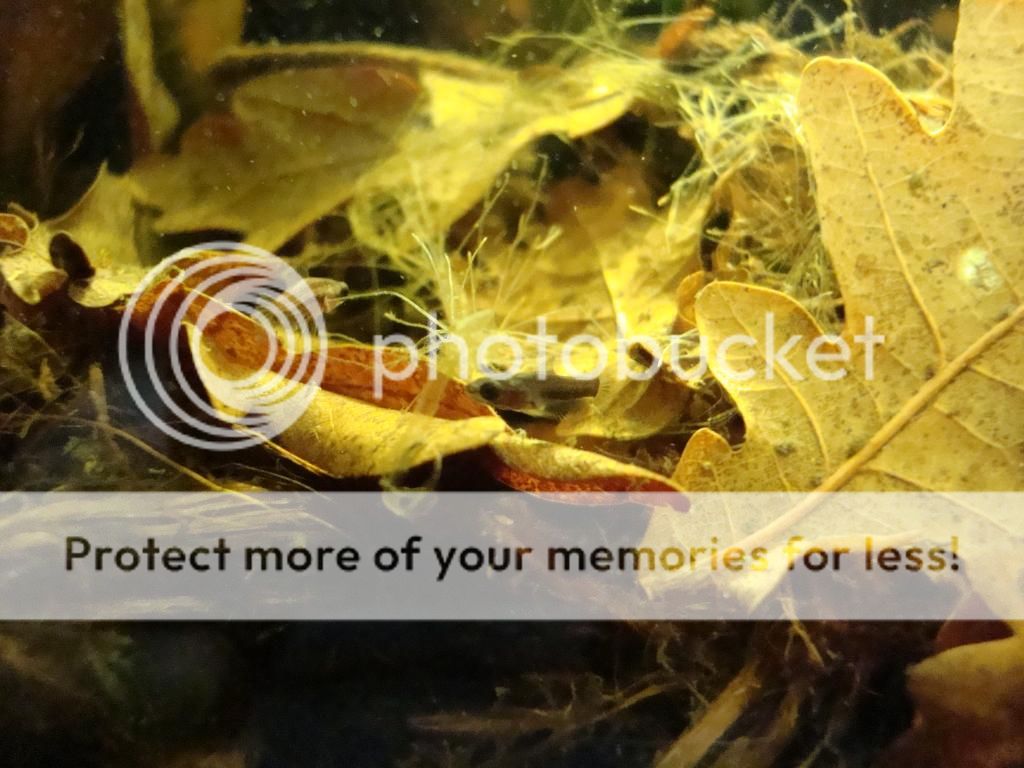
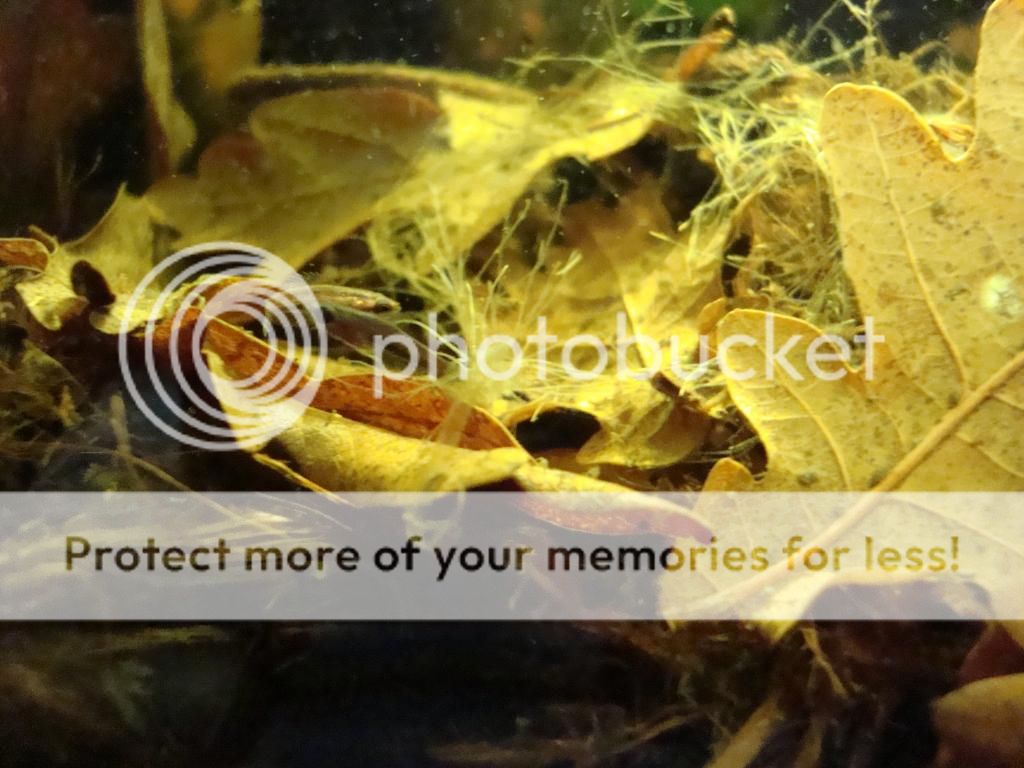
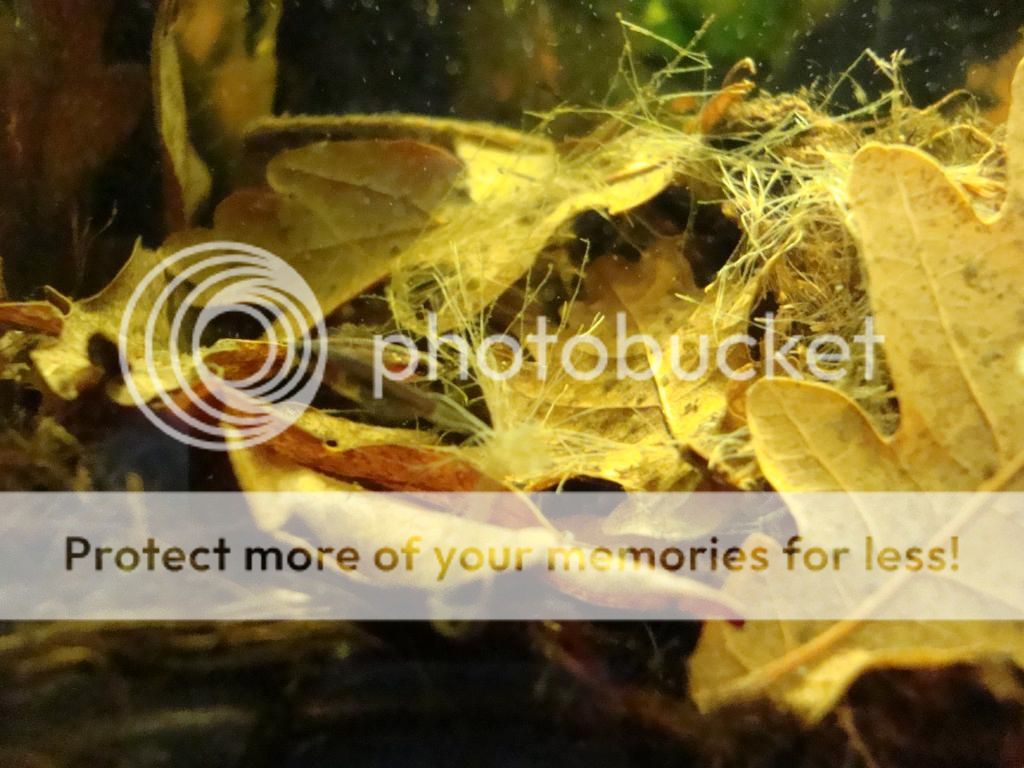
I’ve often witnessed such behavior before, between other juveniles and also between adult females. I can’t immediately remember that I’ve ever seen parosphromenus males, performing such slow dances, or sometimes just hanging more or less parallell to each other (although this might perhaps already be considered as a slightly different behavior.
Stephanie, you obviously had an idea about it but hoped to get some other points of view. What was your approach?
Stefaan
ParticipantCongratulations with the newly acquired fish!
I hope you’ve got at least some from each gender, and indeed, that they’ll fullfill your expectations.Stefaan
ParticipantSpawning make Paros even in low water but it does not develop into larvae thus there are no pups, ornaticauda is there a very good example, they lay eggs at pH 6, but there are no larvae.
Bernd and Davy,
My ornaticauda do have fry actually. I’ve discovered them two weeks ago! The pH of their tankwater has never been underneath 6,3. Conductivity around 50. According the species page, this isn’t exceptional.
So I fully agree and confirm Bernds previous posting, expressing that the pH is an overrated parameter.
To get on topic again: I use peat fibers as ground layer. Paros of all ages love to hide under it.
Stefaan
ParticipantHi Edvet,
Indeed it might be P. sumatranus :unsure:
I like the quality of your pictures. Keep on posting them.Best regards,
SStefaan
ParticipantHi Davy,
I’v never heard or read about the possibility of keeping a smaller breeding tank inside the tank of the adult paros. Wouldn’t that be cruel for the paro male ? The canister will remain visible but he won’t be able to reach and guard it in the way he’s supposed to :dry:
Some of us prefer to put the canister with eggs in a seperate tank. I wouldn’t be surprised if they also have a third or even more, bigger tanks for larger juveniles of the same couple. It’s probably the best way to grow up a maximum number of paros.
I personally keep the fry together with the parents untill they’ve reached a certain size. Only then, I move them to a bigger tank where they grow up in group. As for exemple yesterday, I moved 14 young paros of different age from a parental tank. They’ve joined their older brothers and sisters. And yet, today after a serious water change, the parents already seemed quite active again 😉
Stefaan
ParticipantHi Parrot1974,
Welcome on the forum. Your request remained unanswered. All experts are probably on holidays B)
I have a small group of P. Bintan since more than a year and confirm that yours pretty much look the same way as mine did when I just got them. Based on your 2 pictures I also believe that it’s couple. They seem to be very well fed. I’d advise a diet plan prior to breeding, and lots of dried oak leaves.
Good luck with them!Stefaan
ParticipantCongratulations with your first place in the 2013 Publication Awards Helene!!!
(I suppose there’s a connection with this topic)
Stefaan
ParticipantStefanie, I’m glad to read that your new betta and paro-pairs have survived their unlucky travel. They are both rare, and beautifull as well.
Your experience reminds me of a situation that occurred with my 60l. tank last week.
It’s habitants, 5 P. bintan were schooling together. I wondered why they were acting so peacefully. Not really their style, as they used to behave very territorial.The next evening, they still moved together in group, along the front glass. I became suspicious as they didn’t show any interest when I offered them artemia for supper. I started checking the water quality. This way, I found out that the heater didn’t function any more. The temperature had dropped to 17-18 degrees. A spare heater helped to solve the problem. I’ve already bought a new replacement heater.
Stefaan
ParticipantI very appreciate your experience and advices Helene. Thank you. There are two 60l. and five 20l. tanks. I’m making long days right now and still have some time to think it over.
Best regards.Stefaan
ParticipantThanks Helene and Chris!
I’m delighted with this new generation. They already measure about 10mm. Nowadays, both males alfredi and linkei don’t stay in their caves any longer.
Fortunately, because I’m preparing to move into another house next weekend. I’m quite worried about how to move my tanks by car over a distance of 20 km. Does anyone have experience with it?
I plan to take away 10 liter of each tank and put the same water back a soon as the transport is accomplished.It’s a challenge, especially with these juveniles. Though, finally their tanks will be ranged definitly into a real rack that I’ve set up today.
Stefaan
ParticipantMy question remained unanswered.
So, I decided myself not to bother any longer about optimal water values, and tried to maintain the water values as stable as possible.
It seems to have been the best decision. I finally spotted juveniles in both tanks (linkei and alfredi) Hurrah 🙂
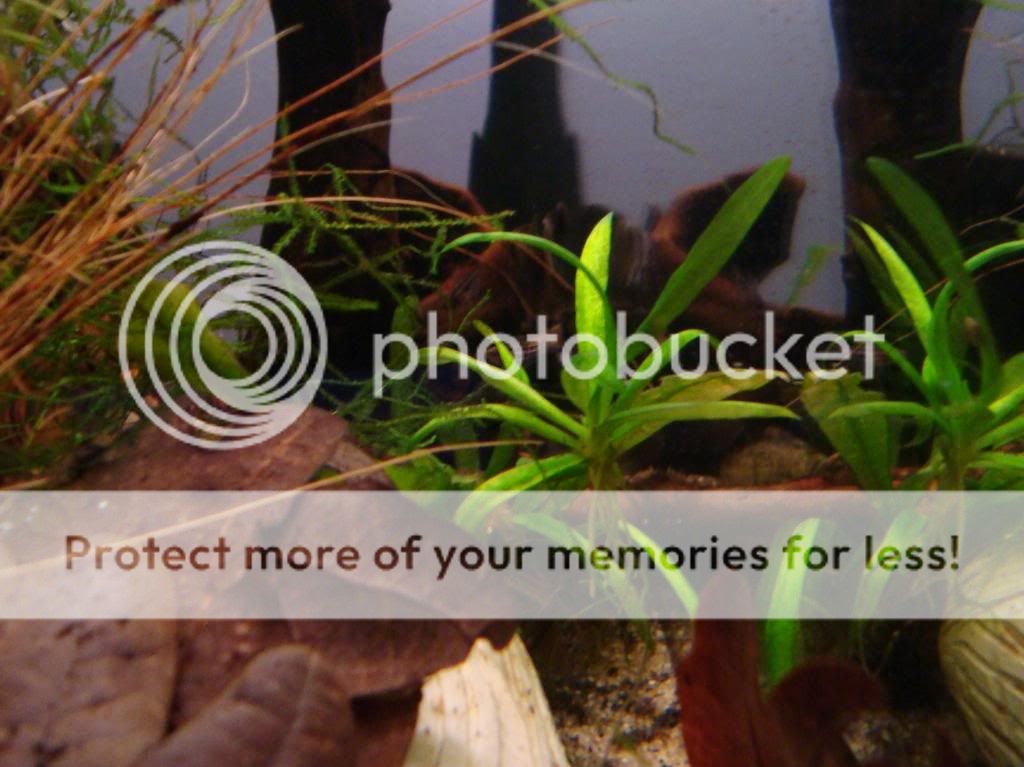
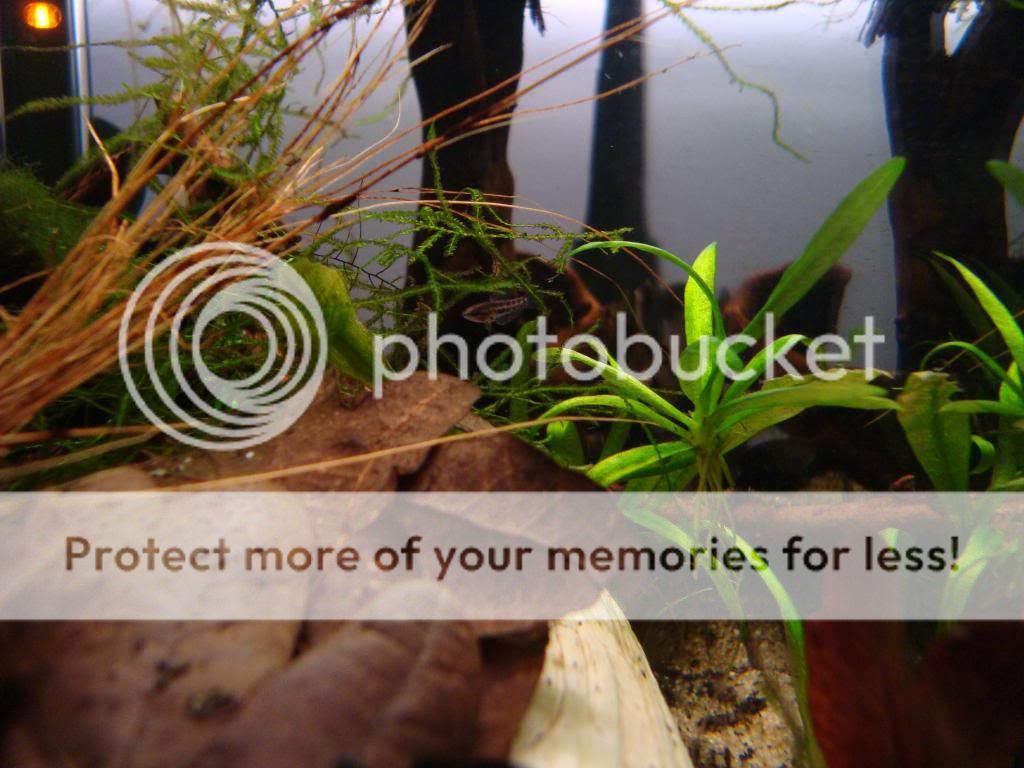
The pictures above show some P. linkei juveniles.
Stefaan
Participant🙂 I can imagine, Stefanie. I’ve received the book as well but am moving into a new house this month, so there’s no time to have a look at it. I’m glad that I’m not the only one who has to patience untill November! My wife appreciates my sacrifice 😛
Stefaan
ParticipantIt’s not the right topic, but nevertherless I prefer to confirm your observation Helene.
On the 31st of August, I have introduced a first couple of P. tweediei in a tank. Untill now, I’ve never seen the female swimming around in the same way the male does. She’s constantly hiding herself behind a small air filter. She even doesn’t appear when it’s feeding time. Female Paros usually do 🙂 Though, the behaviour of the male helps me to understand she still there and well alive. He doesn’t hide and isn’t shy at all …
Two days ago, I obtained a 2nd couple of tweediei. Because of practical reasons, I decided to put them temporary together with a young couple of Linkei. It was an interesting experience to see how the two linkei reacted upon the arrival of two tweediei. Moreover, these new tweediei don’t hide at all. Both male and female just swim around together with the P. linkei.
I didn’t plan to put both couples tweediei together; your description makes me rather think about introducing a 2nd female into the tank where the female is hiding. Perhaps this might help her to leave her hiding place.
Stefaan
Participant@Chris: I’m glad that you’ve joined the project. I’ve already seen some pictures of your wealthy planted tank. Wouldn’t it be possible that the two missing Paro’s are continously hiding?
I felt quite sure about the fact that they aren’t P. deissneri. It might be good to post some pictures. Some more experienced forum members are surely able to check my point of view.
@Northernsabre: welcome! Your topics about the P. harveyi and tweediei habitats are very interesting . How are the recently catched fish doing?Stefaan
ParticipantI appreciate your sincere answer, Bartian.
Last Saturday, I could finally buy a couple P. tweediei in Armin’s shop. They look wonderfull. Thanks to another P-Project-member, I was lucky to get a couple of P. alfredi in July. I hope to learn and distinguish the differences between both species by seeing them every day 😉 -
AuthorPosts

